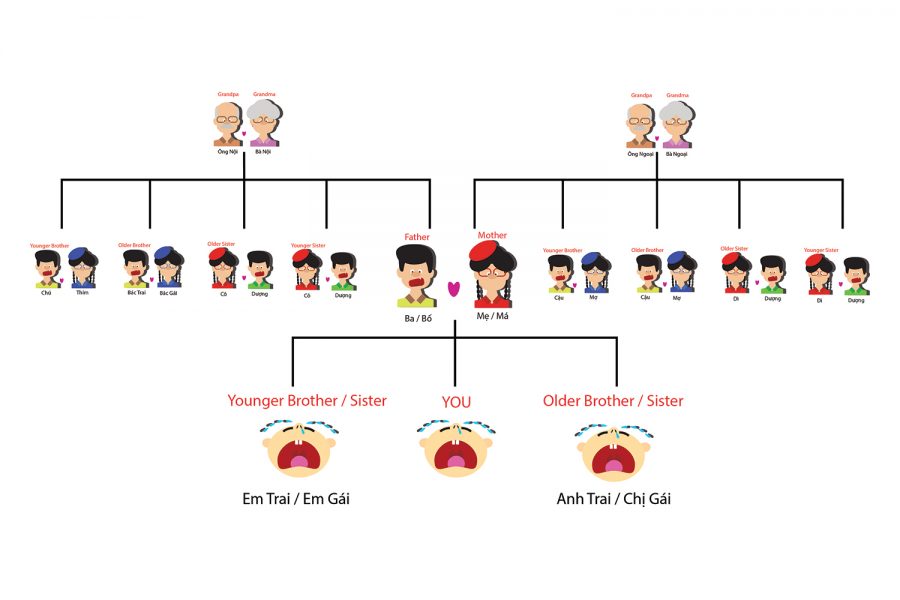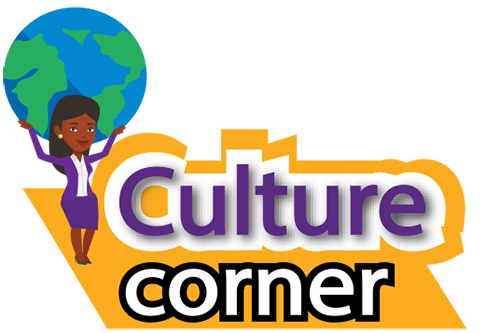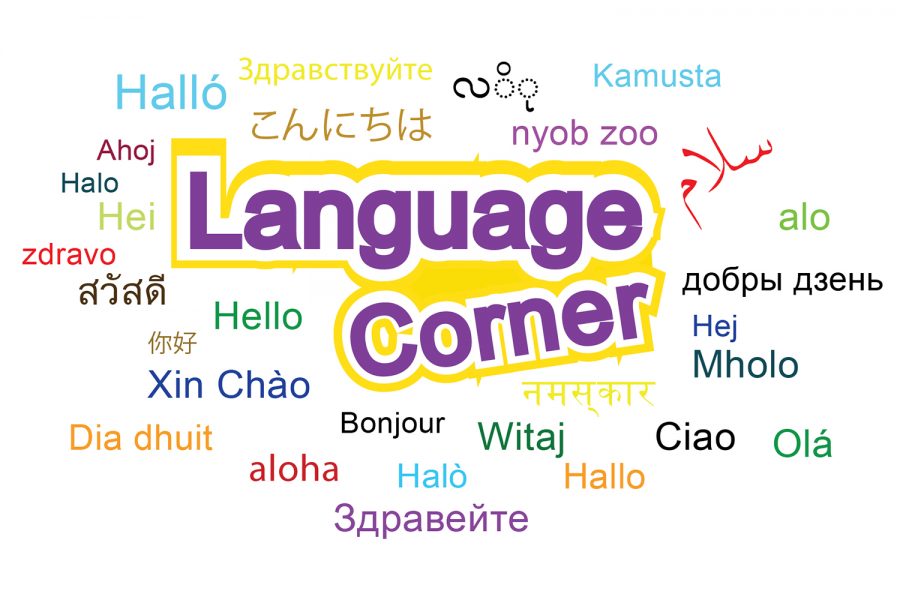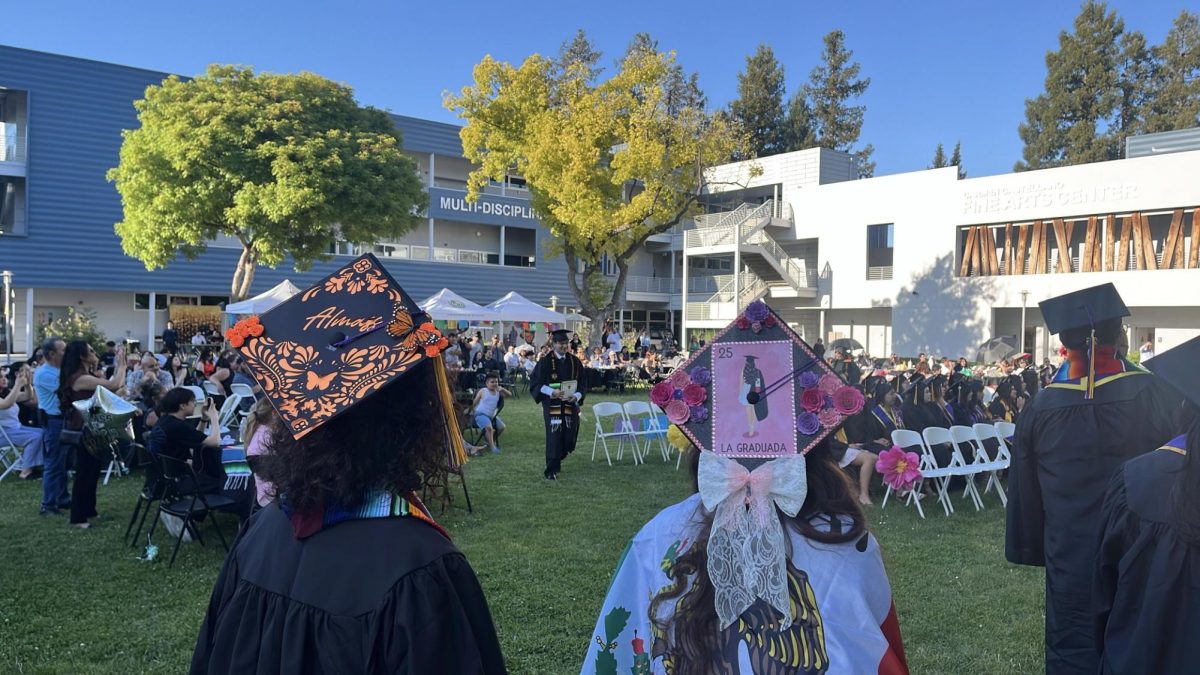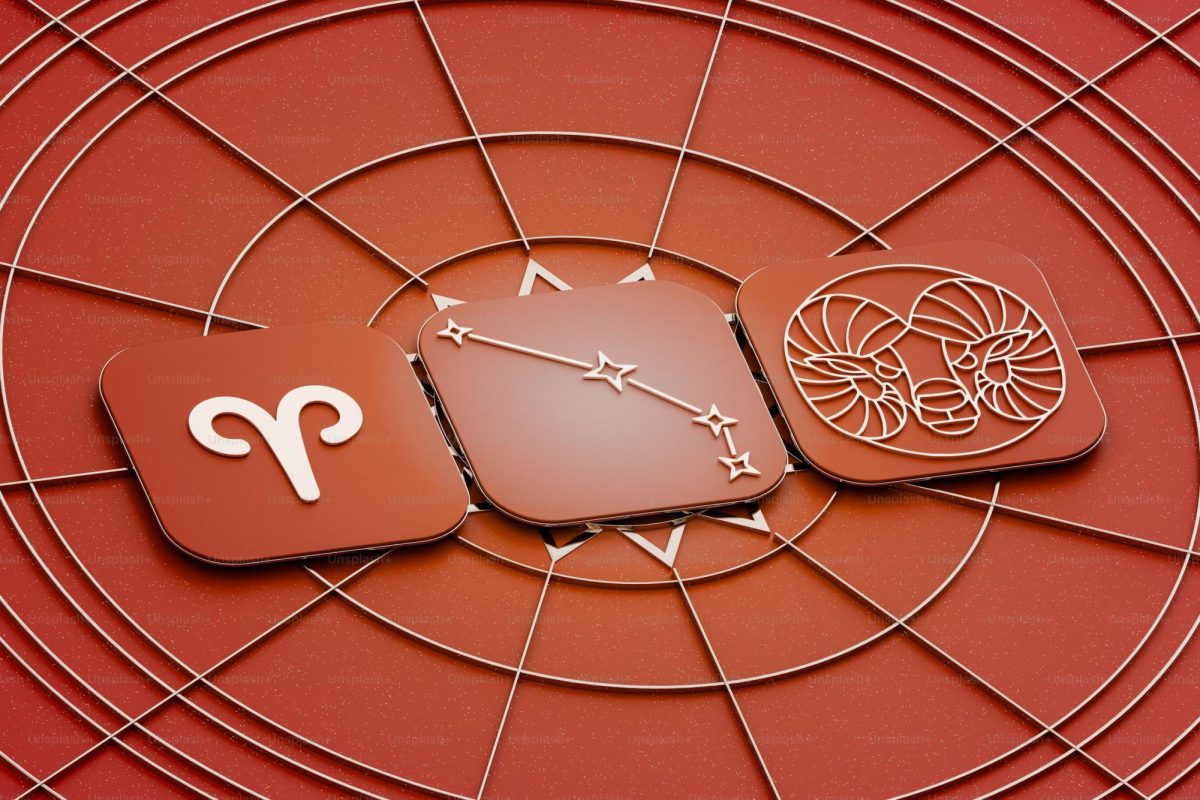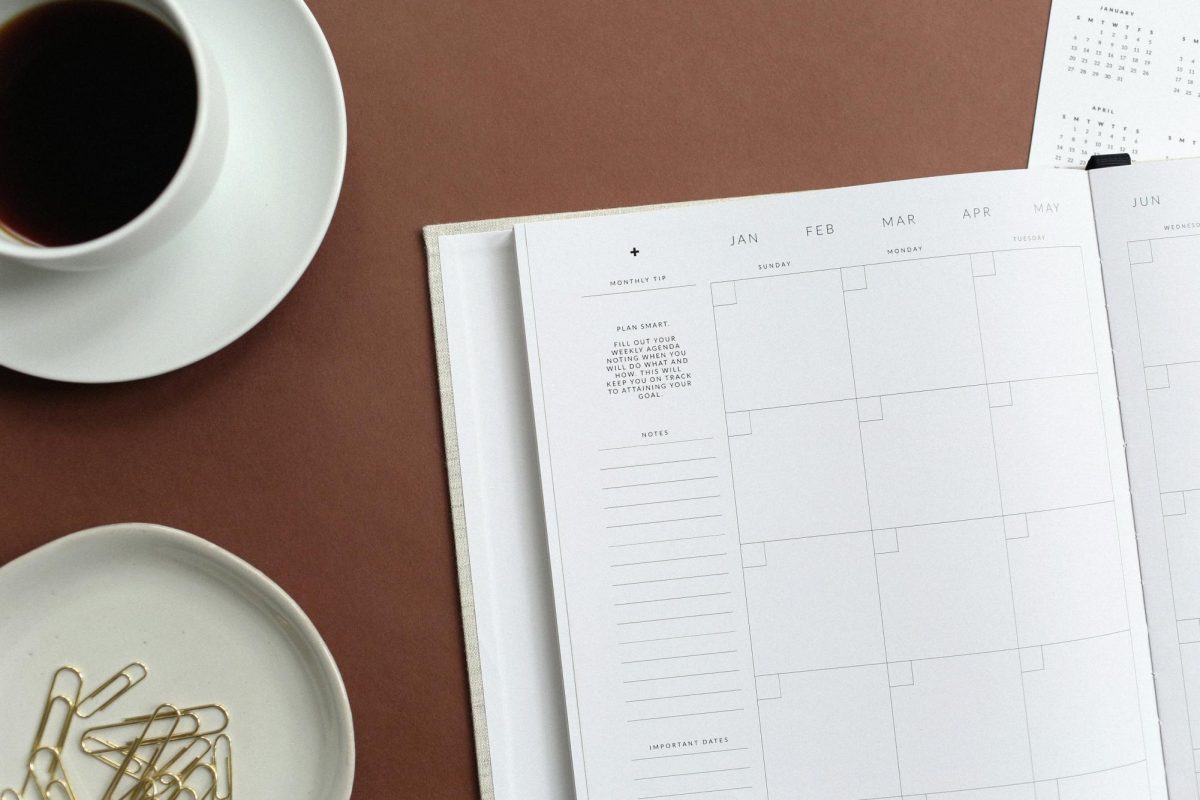If you are planning a trip to Vietnam, in addition to studying basic greetings such as xin chào (hello), cảm ơn (thank you) or tạm biệt (goodbye), you need to know how to use Vietnamese pronouns in appropriate situations.
Vietnamese pronouns are known as noun phrases; they are used to connote a degree of a family relationship. Depending on age, generation and relationship between family members, there are many different pronouns for each person. Many of them are derived from Chinese loanwords.
In daily life, when Vietnamese meet someone older, we use “anh/chị” attached with their name as a way to respect them. If that person is in middle age, we use “cô/chú” before their name; and if they are very old, we use “ông/bà.”
One of the biggest challenges when a foreigner is first learning Vietnamese is how to recognize pronouns for father’s side and mother’s side.
Vietnamese is not hard, but it is complicated. As long as you get used to it, you can survive in a trip to Vietnam.
If you are still confused about pronouns, ask any Vietnamese during your trip. Many Vietnamese people are very nice and willing to show you how to use pronouns.

